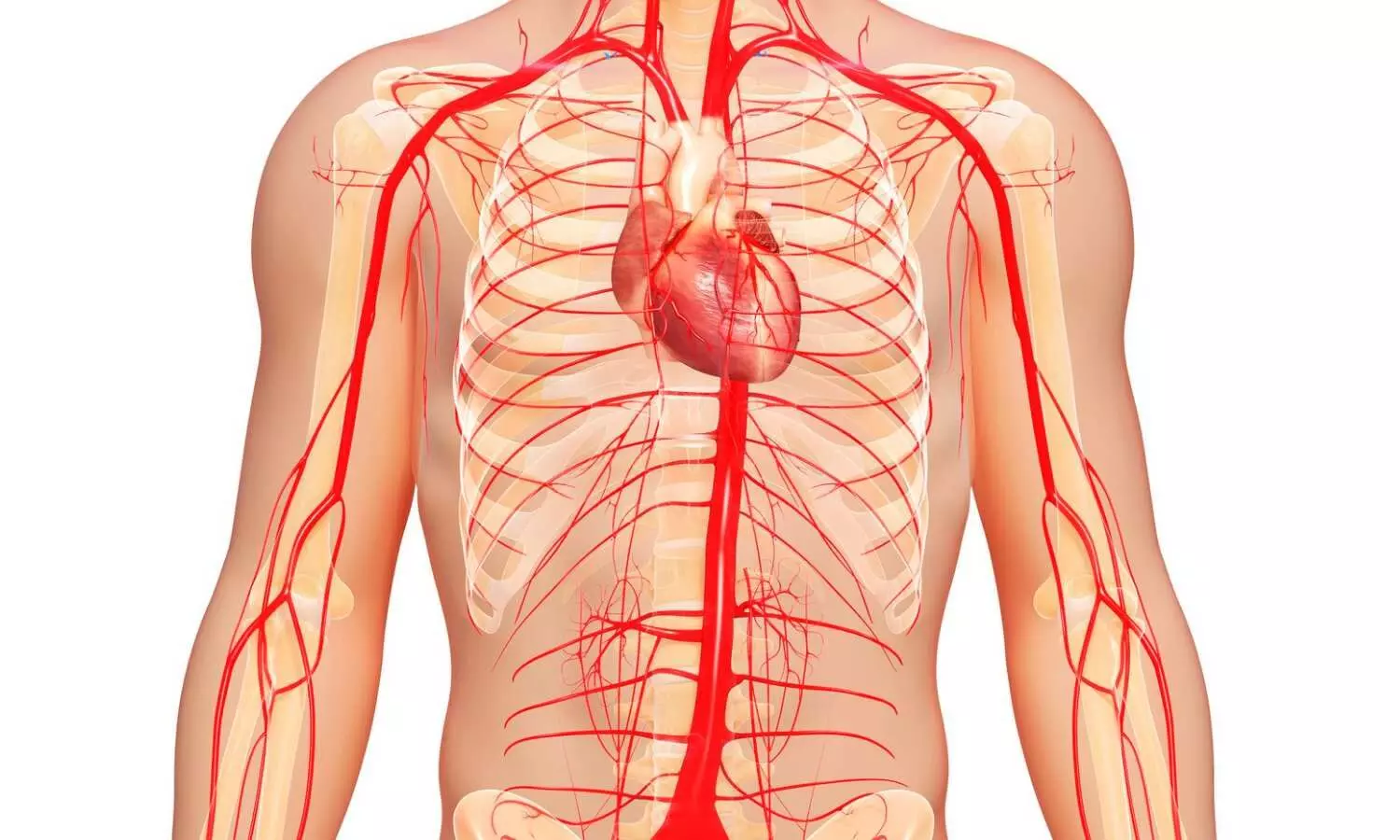High Arterial Stiffness may Increase Risk of Cerebral Small Vessel Disease in Normotensive Individuals

In a recent comprehensive study, researchers aimed to elucidate the relationship between arterial stiffness and CSVD in individuals with normal blood pressure. Individuals with high arterial stiffness (as measured by baPWV) have been found to exhibit a significantly higher prevalence of Cerebral Small Vessel Disease (CSVD), even in cases where their blood pressure falls within the normal range.
This study was published in STROKE journal by Tomo Miyagi and colleagues. Cerebral Small Vessel Disease (CSVD) is a prevalent condition associated with various neurological disorders. Arterial stiffness and hypertension have long been recognized as key risk factors for CSVD. However, it's important to note that there are hypertensive patients with low pulse wave velocity (PWV), a measure of arterial stiffness, as well as nonhypertensive individuals with high PWV.
The study encompassed 1,894 participants, all of whom were free from previous strokes, and involved brain magnetic resonance imaging and brachial-ankle pulse wave velocity (baPWV) measurements during health checkups between 2013 and 2020. CSVD was defined by the presence of white matter hyperintensities, cerebral microbleeds, silent lacunar infarcts, or enlarged perivascular spaces, which are indicative of small vessel damage in the brain.
- The participants were divided into four groups based on specific criteria:
- Low blood pressure (BP, <120/80 mm Hg) with low baPWV (<14.63 m/s, a threshold predictive of CSVD).
- High BP (≥120/80 mm Hg) with low baPWV.
- Low BP with high baPWV (≥14.63 m/s).
- High BP with high baPWV.
The study revealed several significant findings:
- The overall prevalence of CSVD in the study population was 38%.
- The prevalence of CSVD was highest in the low BP with high baPWV (56%) and high BP with high baPWV (55%) groups.
- Compared to the group with low BP and low baPWV, both the low BP with high baPWV and the high BP with high baPWV groups had a significantly higher risk for CSVD, with odds ratios of 1.63 and 1.86, respectively, even after adjusting for various confounding variables.
This study underscores the importance of arterial stiffness as an independent risk factor for CSVD, potentially outweighing the role of blood pressure status. The findings emphasize the need for proactive measures to monitor and manage arterial stiffness in stroke-free individuals, as it could be a more critical factor in CSVD development than hypertension. Further research is warranted to explore interventions that target arterial stiffness to prevent or mitigate the risks associated with CSVD.
Reference:
Miyagi, T., Ishida, A., Shinzato, T., & Ohya, Y. Arterial stiffness is associated with small vessel disease irrespective of blood pressure in stroke-free individuals. Stroke; a Journal of Cerebral Circulation,2023. https://doi.org/10.1161/strokeaha.123.042512
from Medical News, Health News Latest, Medical News Today - Medical Dialogues | https://ift.tt/eX1HoDO
Comments
Post a Comment